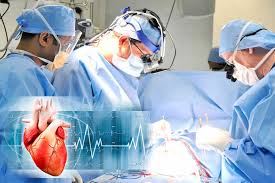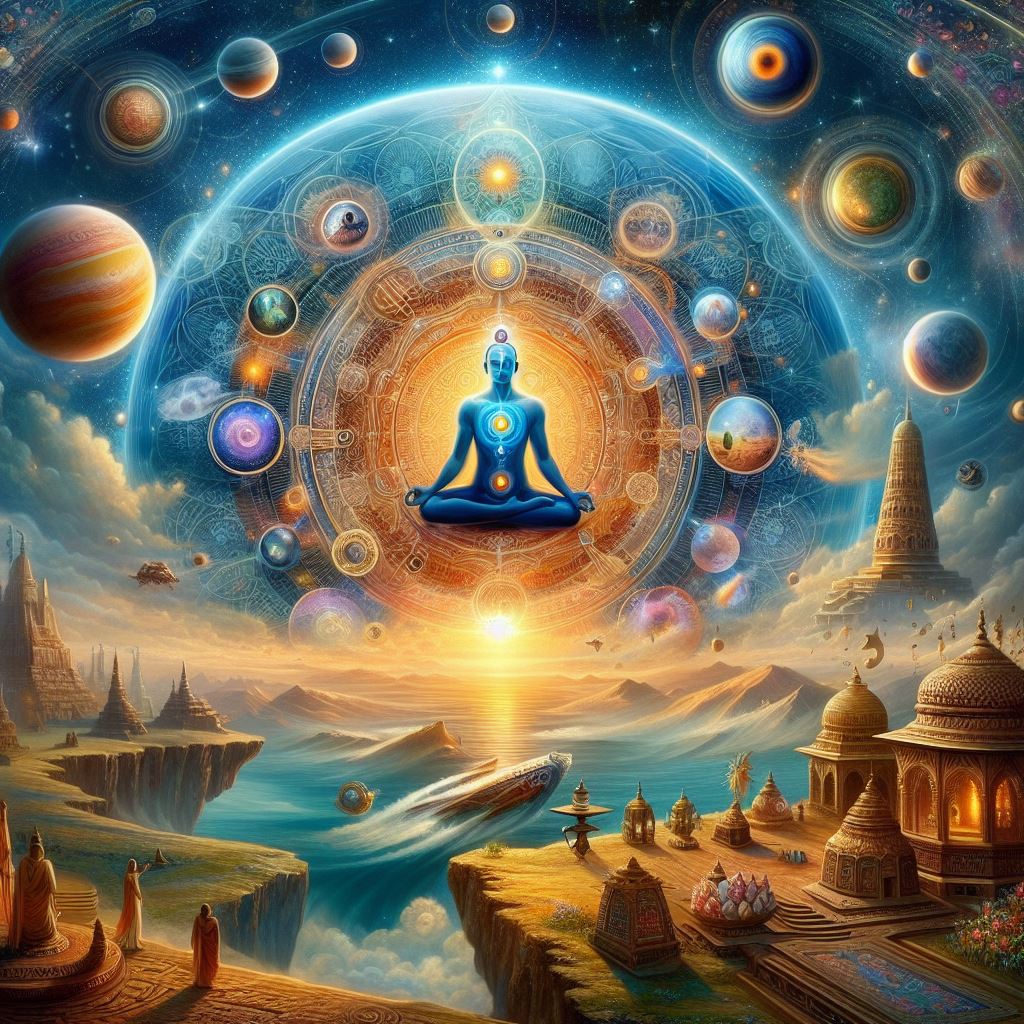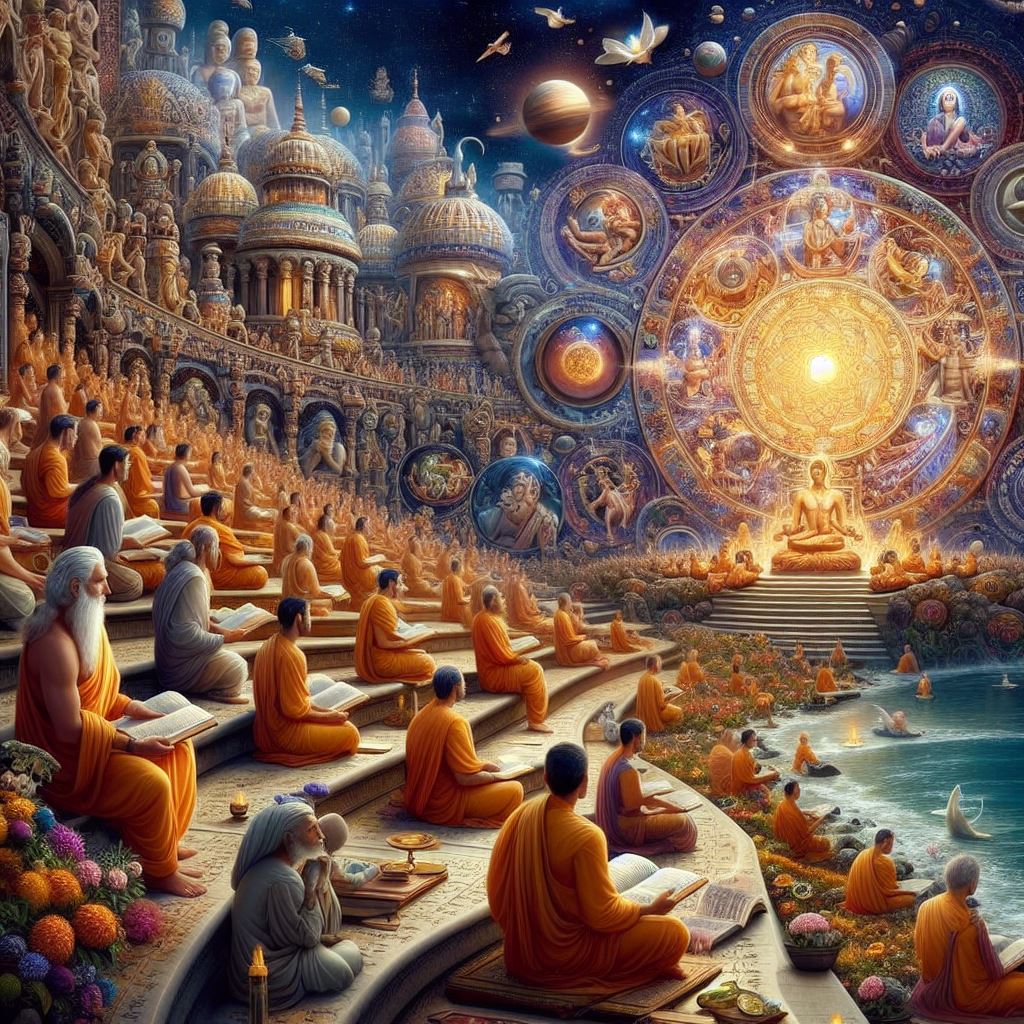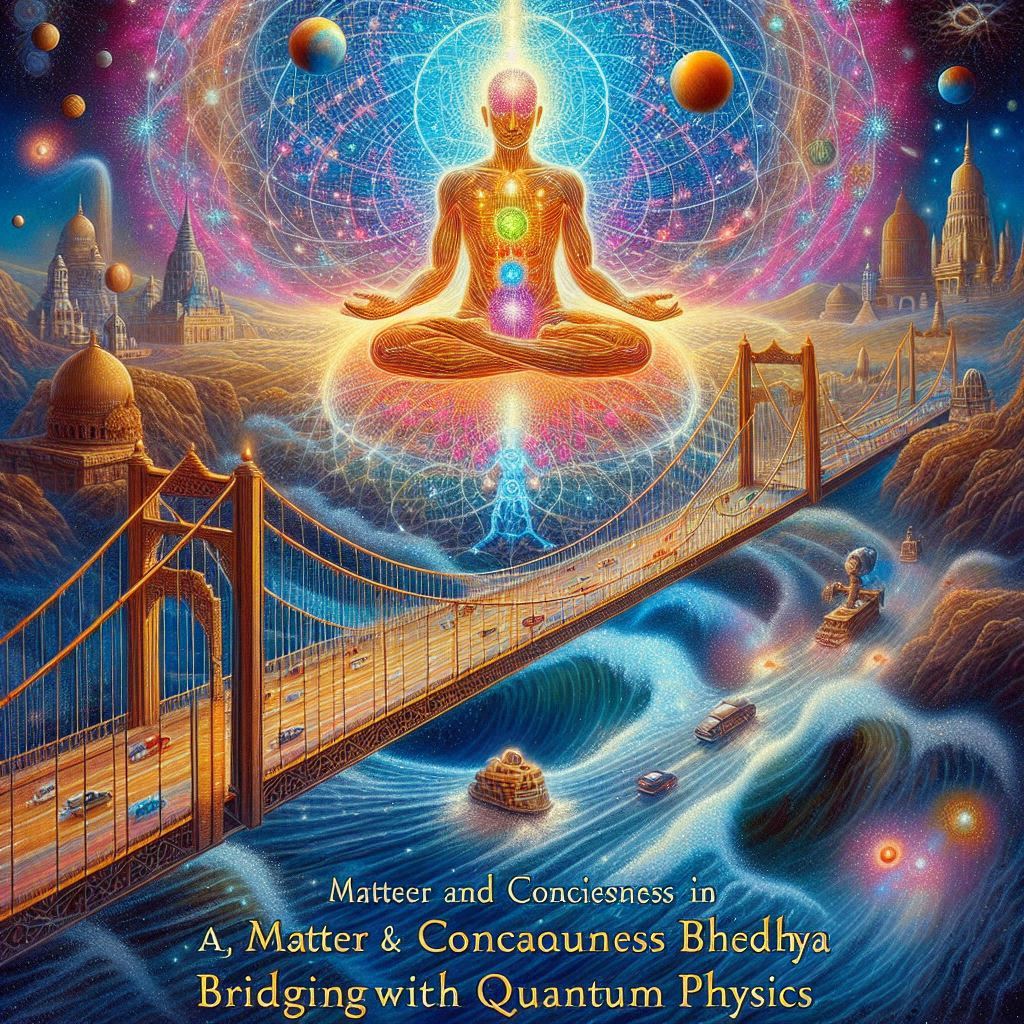By definition, Surgery in medical science is a treatment tactic of a physical intervention on tissues. As a general rule, a course of action is considered surgical when it involves cutting of a patient’s tissues or closure of a previously sustained wound. Other procedures that do not necessarily fall under this rubric, such as angioplasty or endoscopy, may be considered surgery if they involve “common” surgical procedure or settings, such as use of a sterile, anesthesia, antiseptic conditions, typical surgical instruments, and suturing or stapling. All forms of surgery are considered invasive procedures; so-called “noninvasive surgery” usually refers to an excision that does not penetrate the structure being excised (e.g. laser ablation of the cornea) or to a radio surgical procedure (e.g. irradiation of a tumor).
The discipline of modern surgery commonly practiced today was put on a sound, scientific footing during (1715–89), by An important figure generally honored as the father of modern surgery, Scottish surgical scientist (in London) John Hunter (1728–1793). He brought an empirical and experimental approach to the science and was renowned around Europe for the quality of his research and his written works. Hunter reconstructed surgical knowledge from scratch; refusing to rely on the testimonies of others he conducted his own surgical experiments to determine the truth of the matter. Moreover the practice of effective and practical anesthetic chemicals for pain control such as ether, first used by the American surgeon Crawford Long (1815–1878), and chloroform, discovered by James Young Simpson (1811–1870) and later pioneered in England by John Snow (1813–1858), physician to Queen Victoria, who in 1853 administered chloroform to her during childbirth, and in 1854 disproved the miasma theory of contagion by tracing a cholera outbreak in London to an infected water pump through anesthesia etc. were discovered and set into practice in the Beginning in the 1840s on modern surgery, Before the advent of anesthesia, surgery was a traumatically painful procedure and surgeons were encouraged to be as swift as possible to minimize patient suffering.
After the introduction of anesthetics encouraged more surgery, which inadvertently caused more dangerous patient post-operative infections. The concept of infection was unknown until relatively modern times. The first progress in combating infection was made in 1847 by the Hungarian doctor Ignaz Semmelweis who noticed that medical students fresh from the dissecting room were causing excess maternal death compared to midwives. Semmelweis, despite ridicule and opposition, introduced compulsory hand washing for everyone entering the maternal wards and was rewarded with a plunge in maternal and fetal deaths, however that time the Royal Society dismissed his advice.
From the above study of history of the modern surgery we can see that the proper and scientific tactic of surgical treatment was introduces on 18th century and the idea of anesthesia and Antiseptic surgery was introduced on late 19th century in medical science of today’s practice. But to our amazement vedic scriptures and its admirer were successfully practicing hundreds of varieties of antiseptic surgery. This need not come as a surprise because surgery (Shastrakarma) is one of the eight branches of AyurVeda the ancient Vedic system of medicine.
The atharva Veda gave birth to Ayur Veda, the traditional system medicine. The west is fond of proclaiming themselves as the father of medicine, but thousands of years before him Maharishi Charaka wrote the famous Charaka Samhita or Physicians’ Handbook based on atharva Veda. The Charaka Samhita went into great detail to describe human anatomy, pathology, diagnostic procedures, and treatment for various diseases. Charaka defined eight major medical disciplines of Ayur Veda: Shailya Chikitsa (surgery), Shaalakya Chikitsa (head, eye, nose, throat), Kaaya Chikitsa(mental health), Kaumarbhrutya Chikitsa (pediatrics), Agadatantra (toxicology), Rasaayanatantra (Pharmacology),Vaajeekarnatantra (reproductive medicine). Charaka also described the functions of the heart and the circulatory system in great detail which latter was translated to many other languages. Furthermore Sushruta samhita complied by sushuruta based on Atriya samhita and atharva Veda classified surgery into eight types: aaharya (extracting solid bodies), bhedya (excision), eshya (probing), lekhya (sarification), vedhya (puncturing), visravya (extracting fluids), and sivya (suturing). Sushruta worked with 125 kinds of surgical instruments including scalpels, lancets, needles, catheters, etc. Sushruta even devised non-invasive surgical treatments with the aid of light rays and heat. He conducted 300 types of operations such as extracting solid bodies, excision, incision, probing, puncturing, evacuating fluids and suturing. Ancient vedic practitioner were also the first to perform amputations, caesarean and carnal surgeries. It also mentioned about use of cheek skin to perform plastic surgery to restore and reshape human nose, ears, and lips with incredible results. To obtain proficiency and acquiring skill and speed in these different types of surgical manipulations, Sushruta had devised various experimental modules for trying each procedure. For example, incision and excision are to be practiced on vegetables and leather bags filled with mud of different densities; scraping on hairy skin of animals; puncturing on the vein of dead animals and lotus stalks; probing on moth-eaten wood or bamboo; scarification on wooden planks smeared with beeswax, etc. On the subject of trauma, Sushruta speaks of six varieties of accidental injuries encompassing almost all parts of the body.
Furthermore, we can see Chanakya’s Arthashãstra had documented post-mortems, and Bhoja Prabandha describes brain surgery, successfully performed in 927 AD by two surgeons on King Bhoja to remove a growth from his brain, and it says all these techniques applied were based on Atharva veda.
Usage of anesthesia was well known in ancient medicine. Its practitioners used acupuncture (the insertion of thin, solid needles into specific locations on the body) and the smoke of Indian hemp (a tough fiber obtained from the stems of a tall plant), henbane (a plant) and wine as well as hemp, sponge soaked in a dissolved solution of opium, mandragora, hemlock juice, and other substances. The sponge was then dried and stored. Just before surgery it would be moistened and held over the patient’s nose. The fumes rendered the patient unconscious, cannabis vapor, aconitum, carotid compression etc. to dull a person’s awareness of pain.
Detailed knowledge of anatomy, embryology, digestion, metabolism, physiology, etiology, genetics and immunity is also found in many ancient vedic texts. Anatomy and empirical studies was mentioned by sushruta in his book sushruta samhita as follows: The different parts or members of the body as mentioned before including the skin, cannot be correctly described by one who is not well versed in anatomy. Hence, any one desirous of acquiring a thorough knowledge of anatomy should prepare a dead body and carefully, observe, by dissecting it, and examine its different parts. —Sushruta Samhita, Book 3, Chapter V
Cataract surgery was Practised by susrutha with a special tool called the Jabamukhi Salaka, a curved needle used to loosen the lens and push the cataract out of the field of vision. The eye would later be soaked with warm butter and then bandaged. Though this method was successful, Susruta cautioned that cataract surgery should only be performed when absolutely necessary. Greek philosophers and scientists traveled to Bharata Khanda where these surgeries were performed by physicians. Removal of cataract by surgery process was also introduced into China fromVeda in later years.
Sushruta Samhita is considered as one of the most brilliant gems in Vedic medical literature. This treatise contains detailed descriptions of teachings and practice of the great ancient surgeon ‘Sushruta‘ which has considerable surgical knowledge of relevance even today. Sushruta has pointed out that hemorrhage can be arrested by apposition of the cut edges with stitches, application of styptic decoctions, by cauterization with chemicals or heat. That the progress of surgery and its development is closely associated with the great wars of the past is well known. The vrana or injury, says Sushruta, involves breakdown of body-components and may have one or more of the following seats for occurrence, viz., skin, flesh, blood-vessels, sinews, bones, and joints, internal organs of chest and abdomen and vital structures. Classically vrana, the wound, is the ultimate explosion of the underlying pathological structure. It is, in Sushruta’s words, the sixth stage of a continuous process, which starts with sotha (inflammation). Sushruta says that in the first stage, the ulcer is unclean and hence called a dusta-vrana. By proper management it becomes a clean wound, a suddha-vrana. Then there is an attempt at healing and is called ruhyamana-vrana and when the ulcer is completely healed, it is a rudha-vrana. Sushruta has advocated the use of wine with incense of cannabis for anaesthesia. Although the use of henbane and of Sammohini and Sanjivani are reported at a later period, Sushruta was the pioneer of anesthesia.
Sushruta also gives classification of the bones and their reaction to injuries. Varieties of dislocation of joints (sandhimukta) and fractures of the shaft (kanda-bhagna) are given systematically. He classifies and gives the details of the six types of dislocations and twelve varieties of fractures. He gives the principles of fracture treatment, viz., traction, manipulation, appositions and stabilisation. Sushruta has described the entire orthopaedic surgery, including some measures of rehabilitation, in his work.
As war was a major cause of injury, the name Salya-tantra for this branch of medical learning is derived from Salya, the arrow of the enemy, which in fights used to be lodged in the body of the soldiers. He emphasises that removal of foreign bodies is fraught with certain complications if the seat of the Salya be a marma.
Sushruta also discusses certain surgical conditions of ano-rectal region; he has given all the methods of management of both hemorrhoids and fistulae. Different types of incision to remove the fistulous tract as langalaka, ardhalangalaka, sarvabhadra, candraadha (curved) and kharjurapatraka (serrated) are described for adoption according to the type of fistula.
Sushruta also did rhinoplasty with a unique understanding of the circulation system as well as used cheek skin to perform plastic surgery to restore and reshape human nose, ears, and lips with incredible results. Afterwards In 1969 German surgeons operated accordingly as mentioned in sushrut samhita about rhinoplastiy with good results. Since then all the surgeons are using the same technique thinking that it is a German technique. Thus our own seeds of knowledge are neglected.
Surgery is far more advanced in the Rig Veda , it is recorded that Queen Vishpala was fitted with an artificial lower limb when it was severed in a battle.(Rg.1-116-15), and was made fit, again, to fight in a battle. Modern surgeons do fit an artificial limb; but a patient takes about a year to walk with it, and he cannot take part in a battle again. But Vedic concept was far more advanced which yet to be met my modern medical science.
There is also a surgical concept of transplant operations in the RigVeda. Sage named Daddhici’s head was removed from his body and in its place implanted a head of a horse for a while.(Rg.1-116-12). Latter when Indra chopped Dadhici’s head his human head was replaced it again removing the horse’s head. The sage became normal. Because of this incident he was also named Aswashira. Next Incident we can see that lord Ganesha’s Head was chopped by lord Shiva and latter transplanted elephants head on Ganesha’s body. Something similar incident is mentioned in Srimad Bhagavata Mahapuranam 4th canto 7th chapter about Dakshya Prajapati. He was slained by Birabhadra and latter transplanted goats head and given life. One may laugh at this statement because at present no such operation on head or brain is possible. But is it really impossible? At present, heart can be transplanted. During an operation on heart, it is totally stopped by freezing and with the help of Heart-lung machine circulation is maintained and after correcting the defect in the heart it is connected to the circulation, removing the heart-lung machine. In the same way, was not it possible to implant a horse’s head in place of human head to maintain the give and take of sensory and motor impulses and to continue the vital functions, which are similar in man and horse? Serum of horse is tolerated by humans, then nervous tissue may also be tolerated. We have to experiment on this technique. In recent year we can see Charles Claude Guthrie succeeded in grafting one dog’s head onto the side of another’s neck on 21 May 1908. Vladimir Demikhov experimented with dog head transplantation in the Soviet Union in the 1950s. His transplant subjects typically died due to immune reactions. In 1959, China claimed that they had succeeded in transplanting the head of one dog to the body of another twice. On March 14, 1970, a group of scientists from Case Western Reserve University School of Medicine in Cleveland, Ohio, led by Robert J. White, a neurosurgeon and a professor of neurological surgery who was inspired by the work of Vladimir Demikhov, performed a highly controversial operation to transplant the head of one monkey onto another’s body. The procedure was a success to some extent, with the animal being able to smell, taste, hear, and see the world around it. The operation involved cauterizing arteries and veins carefully while the head was being severed to prevent hypovolemia. Because the nerves were left entirely intact, connecting the brain to a blood supply kept it chemically alive. The animal survived for some time after the operation, even at times attempting to bite some of the staff. In 2001, Dr. White successfully repeated the operation on a monkey. In 2002, other head transplants were also conducted in Japan in rats. Unlike the head transplants performed by Dr. White, however, these head transplants involved grafting one rat’s head onto the body of another rat that kept its head. Thus, the rat ended up with two heads. The scientists said that the key to successful head transplants was to use low temperatures.
The ability of fusogens like PEG and chitosan to rebridge a transected spinal cord has been confirmed by a 2014 German study: paraplegic rats recovered motricity within 1 month.
In 2015, Italian neurosurgeon Sergio Canavero has said the procedure (head anastomosis venture) might be feasible – with improved technology and more accurate ability to keep neural tissue perfused – before the end of 2017, which is when he intends to perform the procedure in either the United States or China. A 30-year-old Russian programmer Valery Spiridonov with Werdnig–Hoffmann disease (type I spinal muscular atrophy) and rapidly declining health has volunteered to offer his head for the study
More over A chinise Dr. Xiaoping gained attention in the media months ago after claiming to perform the world’s first monkey head transplant, but the monkey only survived for about 20 hours before it was euthanized for ethical reasons. At that time, Dr. Xiaoping declined to comment on the potential of human head transplants, but has now told the New York Times that he and his team will conduct the operation “when we are ready.” He says they’re now fine-tuning the operation.
The New York Times reports that, several people have already volunteered themselves as guinea pigs for the head transplant procedure, including 62-year-old Wang Huanming who was paralyzed from the neck down six years ago after wrestling with a friend went wrong. Plus, Dr. Xiaoping isn’t alone in his desire to conduct a head transplant. Last year, Dr. Sergio Canavero claimed he would attempt to carry out the world’s first human head transplant as soon as 2017.
So we can see if world is already heading in these procedures then why we have to laugh on the origin of these concepts, instead if we can do further research on our own seed of knowledge and practice it we can lead the world to proper and absolute direction with the help of vedic scriptures because the word Veda Means the Knowledge and whatever we see today is being known just because of the presence of the light of Knowledge existed in the form vedic scriptures, else everything would be a nightmare.
Hare Krishna.
From the Book “Origin of Science”
Views: 58
































Origin of Science
The Existence of the Soul: Exploring Neuroscience, Quantum Physics and Vedic Philosophy
Temporal Relativity in Vedic Literature: An Interdisciplinary Analysis of Time Dilation Narratives
Acharya Kaṇāda: The Ancient Sage Who Discovered the Atom
Evidence of Vedic Sanātana Hinduism as a Global Dharma
Perception of Quantum Gravity and Field Theory in the Vedas
String Theory as Mentioned in Veda
Sanskrit’s Role in Advancing AI: A Comprehensive Study
The Vedic Model of the Mind: A Contemporary Exploration
Vedic Contributions to Geometry: Unveiling the Origins of Mathematics
Matter and Consciousness in Achintya Bhedābheda: Bridging with Quantum Physics
A Comprehensive Study of Aeroplanes and Aviation in Vedic Literature
Hydrology and the Water Cycle in Vedic Scriptures